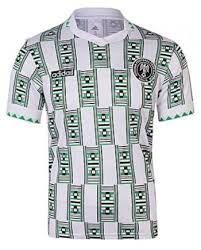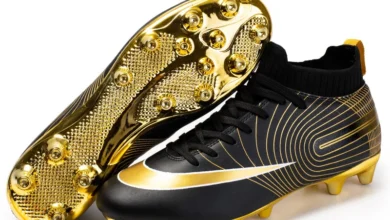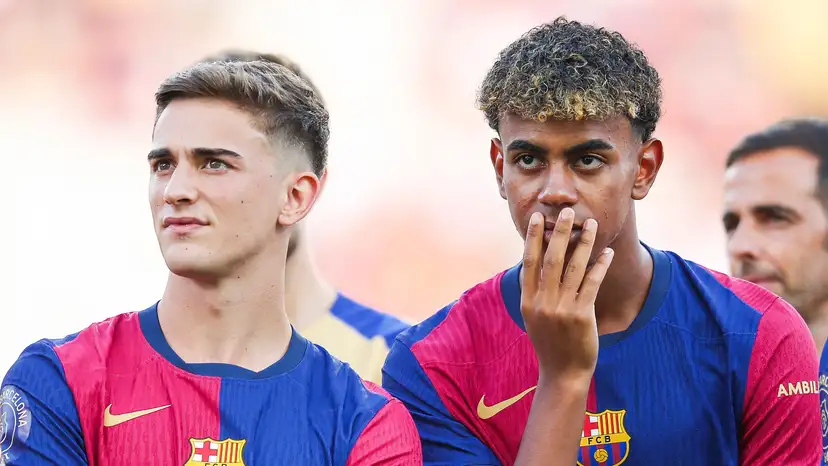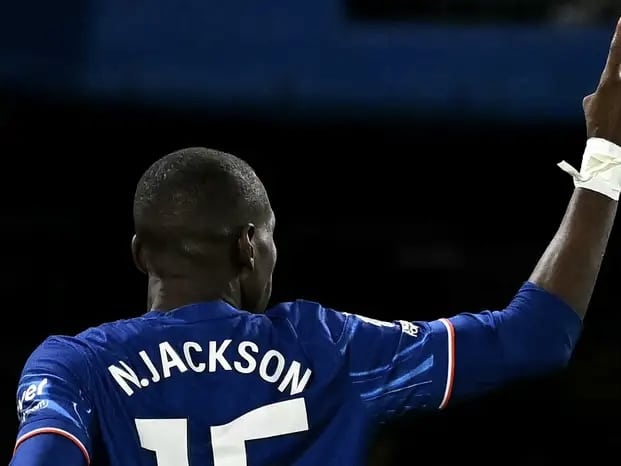
Somewhere between TikTok edits of Ronaldinho stepovers and kids hunting for ‘90s Juventus kits online, football nostalgia has made a full-blown comeback. You see it everywhere now, fans rocking 2002 Brazil shirts in the stands, rappers wearing old Arsenal “Dreamcast” jerseys in music videos and even influencers flexing vintage Serie A fits like they were the latest streetwear drops.
Retro football jerseys aren’t just old shirts anymore, they’re cultural currency. They carry the smell of the past, the feel of Saturday afternoons, and the spirit of when football still felt raw. In a sport now obsessed with stats and VAR graphics and tactical diagrams, there’s something grounding about a baggy, collar-popped kit with an outdated sponsor splashed across the chest. It’s more than a trend — it’s a revival. A reminder that football fashion didn’t start with hype collabs and social media threads. It started with polyester, oversized sleeves, and raw emotion.
It’s no secret, nostalgia hits harder in football than almost anywhere else, that feeling of the good old days and the “prime” arguments, Prime Shevchenko vs Prime Eto’o, Prime Luca Toni vs Prime Morientes . Every retro jersey tells a story, a frozen frame of when football felt different. The ‘99 United treble kit. The 2006 Italy World Cup shirt. The “JVC” Arsenal home top. These aren’t just designs; they’re memories stitched into fabric.
And in today’s hyper-digital football world, where debates never stop and moments disappear in 24-hour cycles, retro shirts give fans something solid to hold onto. A link to the eras before over-analysis when flair mattered more than xG. It’s comfort, it’s escape, and honestly, it just looks cool.
Younger fans are jumping in too. They most likely weren’t alive when Cantona popped his collar or when R9 was terrorizing defenders with his skills and his famous haircut, but they want to feel that energy too. The vintage market is booming with racks of classic Umbro, Kappa, AIG and Nike kits selling out faster than some current-season drops. What perhaps used to sit in your dad’s closet is now the outfit of the weekend. Football’s past isn’t gone, it’s back in style.
Retro jerseys have crossed the boundary between sportswear and fashion. What used to be limited to matchdays has become everyday style. You’ll see them on the street, in cafés, or at concerts, mixed with jeans, cargos, and sneakers instead of boots and shin guards.
This shift came naturally. The designs were always bold with their wide collars, heavy textures and fearless colors, the kind of confidence modern kits rarely attempt. Brands have caught on, too. Adidas, Puma, and Nike are digging into their archives, while vintage stores can’t restock fast enough. The shirt that once represented your club now represents culture itself. It’s a way of saying you love the game, but maintaining that you know what’s trending and that you’ve got style too.
Every retro jersey carries a story. For some, Man United fans most likely, it’s tied to glory years and unforgettable nights, for others, it’s about the feeling a club or player gave them growing up. The point isn’t necessarily the fabric, it’s the memory it holds.
Retro shirts carry more than old logos, they carry memories. They remind fans of exact moments that shaped their love for the game. Some bring pride, others pain, but all of them mean something real.
That Italy ’94 shirt will always bring back memories of Baggio’s missed penalty, the moment where he became “The man who died standing”, memories of not just the defeat, but the deafening silence that followed. The 2002 Real Madrid white brings that Zidane volley to mind, one clean swing of his left foot that’s still remembered as one of, if not THE best ever goal scored in the Champions League. Even shirts from less famous seasons hold weight for the fans who lived them.
Wearing a retro kit is like wearing a piece of football history. It’s proof that moments fade, but meaning doesn’t. That’s what keeps these old jerseys alive, the fact that they remind us where the game’s emotion really comes from.
Older fans wear them to relive what football once felt like and younger fans wear them to understand it, to get that feel of the past. A vintage shirt connects generations like a shared language between eras. In this age where football tends to feel a bit more corporate and business-like than communal and artistic, these shirts remind everyone of the emotion that built the sport in the first place.
The retro boom is also not just organic nostalgia, it’s big business now. Brands and clubs are re-releasing classics, often as limited drops that sell out in minutes. Official remakes, retro collaborations, and even fan-designed kits have turned old designs into modern collectibles.
Online marketplaces are overflowing with listings, and prices keep climbing. Whether it’s authentic vintage, a remake, or a creative twist on a classic, the demand keeps growing. Clubs have realized heritage sells and they’re smartly using nostalgia to pull old and new fans together under the same badge.
The rise of retro kits isn’t just about looking back; it’s about holding onto identity in a sport that is constantly changing faster than ever. Fans are tired of seeing tradition replaced by algorithms and marketing slogans. Wearing a retro shirt is a small rebellion, a nod to when football felt personal. It’s not just fashion. It’s memory, pride, and belonging stitched together in polyester. Because no matter how many new kits come out each season, some eras never fade.








